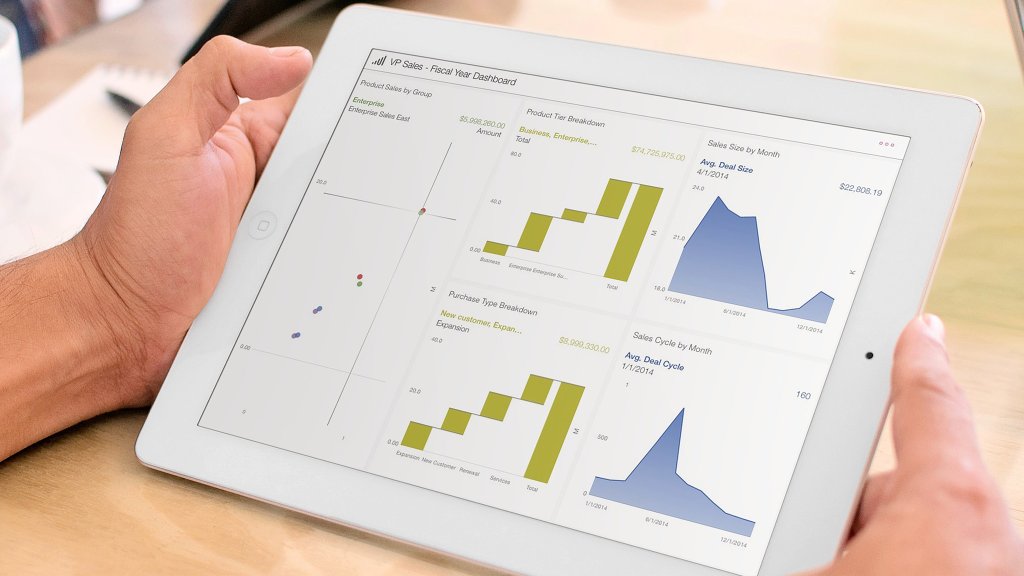Studies on marketing confirm that an overwhelming amount of information challenges enterprises to discover the really critical data. Fifty-six percent reported they felt overwhelmed with the data, while 62% complained of interruption by irrelevant data. In the supply chain industry, such problems are a big impediment to real-time intelligence, and thus higher ROIs too.
The recent economic turbulence has led to progress from legacy equipment. Today’s personnel use integrated sourcing models and automation technology. But implementing them makes sense only when the data is correct and well managed.
Data also needs to be sharable, so that personnel get faster access and meet their requirements. Organizations can do well with different information sources, provided there is a consistency-checking mechanism. When implemented correctly, such an approach reveals different perspectives and behavior patterns within the value chain.
How BI and Predictive Analytics Affect Business Value
Supply chains can harness a successful BI cycle to create sustainable business value. Automated information management provides significantly higher value to enterprises with real-time actionable intelligence. A successful BI cycle integrates data sourcing, data warehousing, assessment, optimization, services, and operations, enabling companies to make forward-looking decisions in a well-informed manner.
Why Intelligence Fails and how to seek a Solution
Some studies suggest that managers often miss useful information and start working with the wrong data. A considerable amount of time gets wasted looking for and analyzing information. Apart from that, companies experience other data-related challenges:
- Inability to assemble and integrate customer data, leading to service errors and manual rework
- Lack of consolidated purchase information, causing poor negotiation and losses of millions
- Inability to share data across sales, delivery, and billing, causing overheads and inconsistencies while entering the same data multiple times
- Lack of accurate customer contacts and proactive notification on services and sales, causing churn
When companies face problems sharing BI, integration across the enterprise can be one answer. But predictive analytics scores even higher and is proving to be the optimal answer to most challenges in supply chains.
Using business intelligence, management systems blend statistical models, understand the dynamics, and pave way to concrete actions and measurable outcomes. By adopting a platform, companies can develop self-service and ad-hoc functionality, all while receiving actionable insights from an intuitive interface.
BI functionalities to look for
- Assessment of the desired BI roadmap
- Data models and actionable metrics for warehouse implementation
- Performance analytics to deliver a consolidated plan, forecast, and report
- Architecture to manage high data volumes and multiple clients who have many analytical applications running at the same time
BI encapsulates huge volumes of data into smaller amounts of information and insights, while predictive analytics solutions provide foresight and vision. Decisions affect the future and it is important that managerial level personnel are able to use technology to create the competitive edge. The outcomes are easier to arrive at when the approach includes significantly in-depth cost, risk, and event analyses. Progressively, there can be a marked increase in automation through managed service models that can change with changing business environments.



